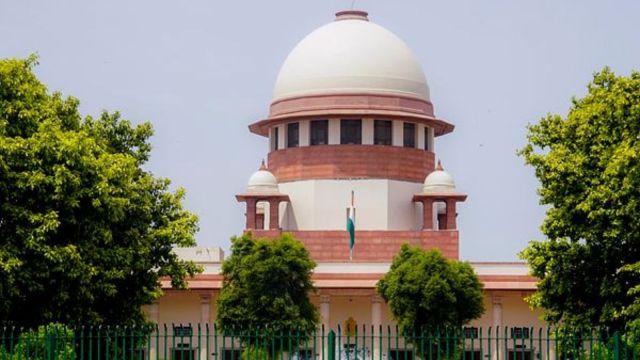
By Rajesh Ranjan and Vrishti Shami
Recently, an Instagram reel has gone viral where a woman is heard casually telling a man, “I can’t date you because you’re in a wheelchair.” In April, stand-up comedian Samay Raina got into a controversy for mocking people with disabilities during his performance.
These incidents reveal a persistent and troubling mindset despite growing awareness around inclusivity; individuals with disabilities are still viewed through a lens of bias and prejudice, often without question.
Oppressive depiction
Television dramas and films have often portrayed persons with disabilities through a lens of pity or as passive figures meant to evoke sympathy, rather than highlighting their agency. In the 2009 American TV series Glee, the character Artie Abrams, a wheelchair user, was frequently framed through stereotypes of pity or “inspiration” rather than a nuanced portrayal.
In India, disability has been historically depicted as a social taboo. Jeevan Naiya (1936), for example, uses blindness as a form of moral punishment. Later films like Tom, Dick, and Harry (2006) and Pyare Mohan (2006) turn disability into a comedic device, relying on exaggerated humour that risks reinforcing harmful stereotypes.
Recurrent negative portrayals and frequent use of patronising and offensive language, such as “victim”, “differently abled”, or “unfortunate” to describe individuals, continue to perpetuate negative attitudes towards persons with disabilities.
These depictions undermine the dignity of persons with disabilities and reinforce harmful stereotypes that invite mockery. Reducing disabled characters to comic relief strips them of complexity, casting them as pitiable or inferior. This trivialises their experiences, normalises prejudice, and distorts public perception. These depictions also create barriers that limit their full participation in society. By lacking authentic and empowered representation, popular media denies disabled individuals equal citizenship.
Artist and comedian Allen Sutherland rightly argues that stereotyped views frequently act as self-fulfilling prophecies, forcing the person with a disability into a role that can then be used to justify the original treatment. However, this sort of depiction stands against the constitutional and judicial mandates.
Dignified representation and judicial precedence
Dignity and equality are core to the Indian Constitution. Article 15 guarantees equal treatment, while Section 3(1) of the Rights of Persons with Disabilities Act, 2016 mandates that the government ensure persons with disabilities enjoy equality, dignity, and respect on par with others.
In Nipun Malhotra v. Sony Pictures Films (2024), the Supreme Court issued guidelines to ensure that portrayals of persons with disabilities in visual media uphold constitutional values and the Rights of Persons with Disabilities Act, 2016. More recently, hearing the case against Raina, the Court noted: “Humour is well taken… But when we start laughing at others and create a breach of sensibility on a community plane, it becomes problematic”.
While Article 19 guarantees freedom of speech and expression, historical stereotyping, especially of marginalised groups like persons with disabilities, hinders their rights as equal citizens.
In Indibly Creative v. Government of West Bengal (2019), the Supreme Court held that while satire can expose social contradictions, it is still subject to Article 19(2). If such expression targets marginalised communities and reinforces prejudice, it may not be fully protected under Article 19(1)(a), as it further entrenches their marginalisation. In Subramanian Swamy v Union of India (2016), the court held that “The value of freedom of speech cannot be allowed to have the comatosing effect on individual dignity, which is also an integral part under Article 21 of the Constitution”.
Some scholars argue that dignity is not a ground to restrict free speech. However, this must be viewed more broadly. The Court, under its inherent powers, is empowered to do complete justice. While the Constituent Assembly was silent on the rights of persons with disabilities, the judiciary has since read these rights into the constitutional framework. Given their historical marginalisation and negative representation, advancing the dignity of persons with disabilities is essential and constitutionally justified. No comedy or satire, in the name of “free speech”, can breach it.
Ranjan is a Chevening Scholar. Shami is a lawyer-researcher